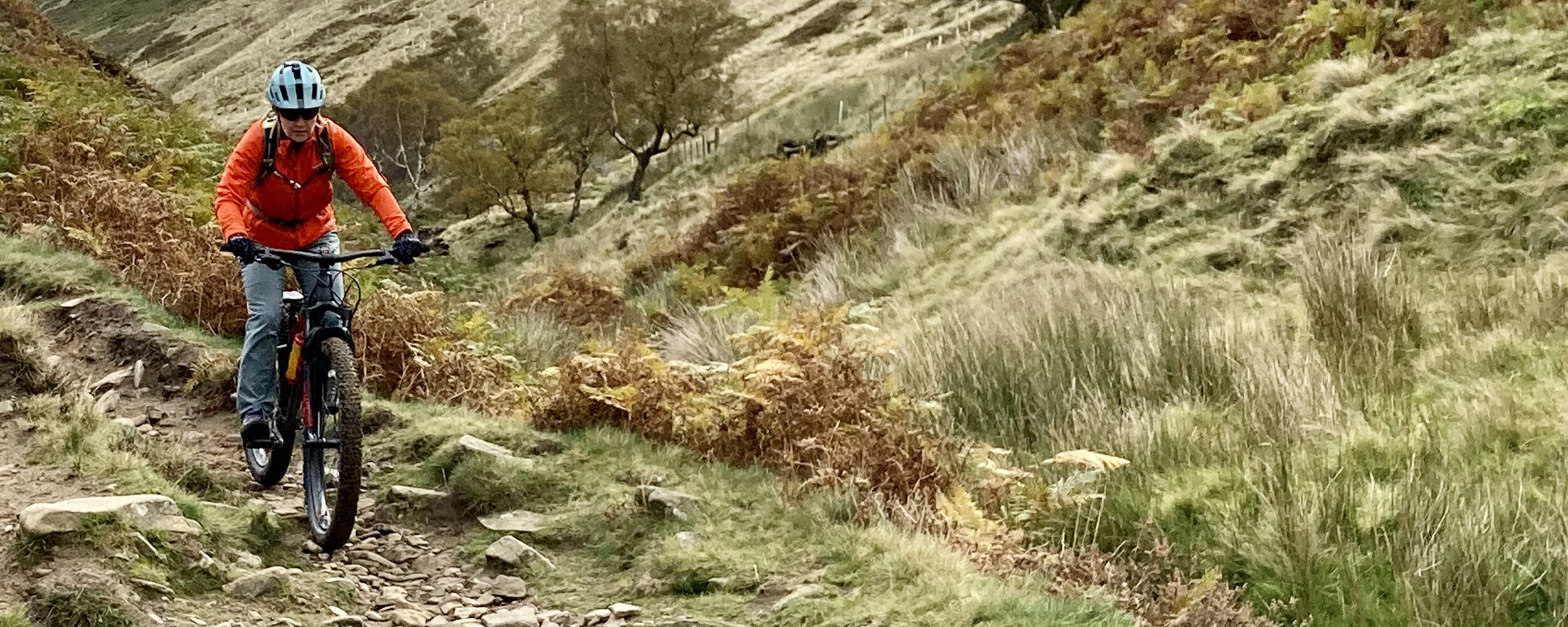The importance of stretching
Mountain biking can be intense, it requires extended periods of mental focus as much as it does muscle use. You need strength and stability in your core to help maintain your balance, as well as muscular endurance and a sense of determination to persevere when the going gets tough.
But what has that got to do with stretching?
Think about how your body is positioned whilst riding. Your legs are never fully extended, meaning the joints of your knees and hips are never taken through their full range of motion, and apart from your arms and head your upper-body barely moves as the bike should be moving underneath you. Add onto that if you are not naturally flexible, and you are sat in the same position for an extended period of time, the added stress on your body will likely lead to some stiff joints and tight muscles, which will eventually lead to injuries.
Of course injuries are part and parcel of mountain biking, and at some point you will have the inevitable off. But when it comes to muscular strains and pulls there is something you can do to help avoid the needless injuries that keep you from riding; learn some simple stretches and work on your flexibility and mobility.
Stretching can not only help to avoid injuries, but it will inevitably lead to a more enjoyable ride.
Do you feel muscularly sore after a bike ride?
If you do, the chances are that you could probably do with learning and committing yourself to a stretch routine.
Child’s Pose - A gentle and relaxing stretch for the spine, thighs, hips and ankles.
Stretching for mountain biking should primarily focus on your lower-body, as these are the muscles used with greater frequency and intensity. But that doesn’t mean you can neglect your upper-body, and whilst there is no perfect and optimal stretching routine that suits everyone, most mountain bikers tend to tick all the same boxes when it comes to areas of tightness.; quads, hip flexors, hamstrings and lower backs. Depending on the discipline of riding that you are doing it’s also likely that the shoulders and chest will also be relatively tight.
Remember mountain biking is a whole body exercise, so you really should stretch your whole body, but maybe spend more time on the specific areas of reduced flexibility and mobility.
For a more detailed explanation, and to view my recommendations on the stretches that you should be doing, you need to click the button below and subscribe to my dedicated newsletter.
Even if you can only commit to doing the bare minimum of stretches in an attempt to keep your muscles happy and ready for a day in the saddle, it’s still better than doing nothing at all.


